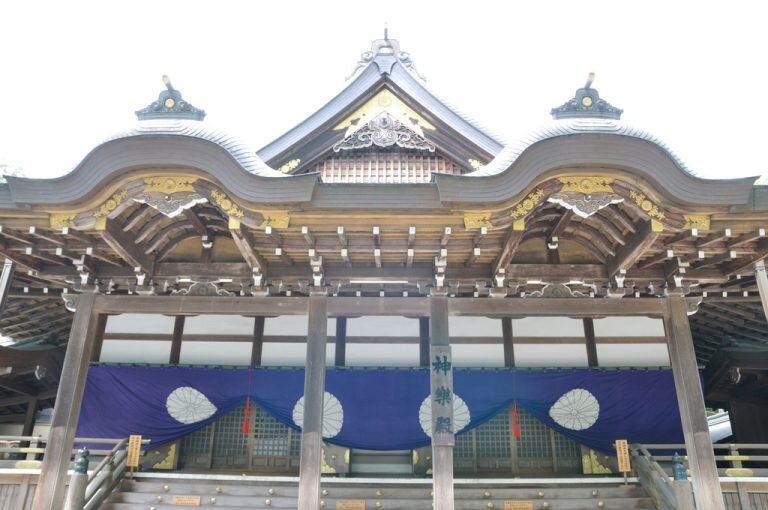Ecomotive Explore Japanese Housing
For 3 and a half weeks, Jackson travelled with his daughter Sylva around Japan to research housing, and updated us with his findings throughout his trip. He returned to share ideas about the Snug Homes project as well as insights into the manufacturing process of modular design housing.
The Winston Churchill Memorial Trust had provided funding through their ‘Travelling Fellowship Grant’, which aims to “fund British Citizens to investigate inspiring practice in other countries and return with innovative ideas” thus benefitting those in your “community, profession and beyond”.
The Japanese housing industry is of particular interest due to it’s ‘Disposable Housing’ culture, where “half of all homes in Japan are demolished within 38 years”. This is despite that houses built today “exceed the quality of just about any country in the world, at least for timber buildings” according to Alistair Townsend, a British architect living and working in Japan.
So where does the view of homes being so perishable come from?
The need to quickly rebuild after the devastation left by WW2, meant that no thought was given to the quality of the housing, and so only a few decades after being built the shoddy, unstable houses with dangerously heavy tiled roofs were torn down.
A constant danger from earthquakes mean that homes hold no sentimental value for the Japanese and so are easily replaced. Earthquakes have also lead to a constant revision of ‘Earthquake Resistant Standards’ by the government, resulting in houses more than 10 years old being deemed unsafe. This has encouraged construction companies to use scare-mongering advertising tactics to enforce the idea that there is a need to constantly rebuild.
However, many of the homes that are being torn down exceed the safety standards, so maybe this culture is just a part of the heavy consumeristic lifestyle of Japan, where newness is deemed as ‘spiritually clean’. An example of this is seen in the destruction and identical rebuilding of the most sacred Shinto Shrine (Ise Jingu), which occurs every 20 years.
It is only recently that the Japanese have acknowledged the environmental impacts of their construction industry. In 2011, 244.78 million metric tonnes of carbon dioxide and 77 million metric tonnes of waste were produced from the manufacturing and construction industry alone (World Business Council for Sustainable Development), and although supposedly 80% of construction waste is recycled, the supply greatly outweighs the demand.
Therefore, the idea of sustainable living is also relatively new in Japan. However, recent government promotion of the ‘100-year house’ and better quality of housing, has encouraged development of ‘SMA-ECO’ (smart and ecological) communities. The first zero energy neighbourhood (ZEN) was developed in Sakai city, Osaka in 2013. Here, all the houses are based on the Passivhaus design and use self-generated renewable energy resources.
The idea of sustainable housing being new in Japan, means Jackson will hopefully be able to share ideas from the Snug Homes project and sustainable housing from the UK. While gaining insight into the manufacturing process of modular and prefabricated housing, which allows them to be quickly and easily assembled. He has also shared his findings throughout his trip. Keep up to date with all of Jackson's adventures via Jackson's and Sylva's dedicated blog to Japan Housing: actionjaxzen.tumblr.com,
we'll be sharing some of the hi-lights on social media; Facebook.com/Ecomotive and Twitter @Eco_motive.



